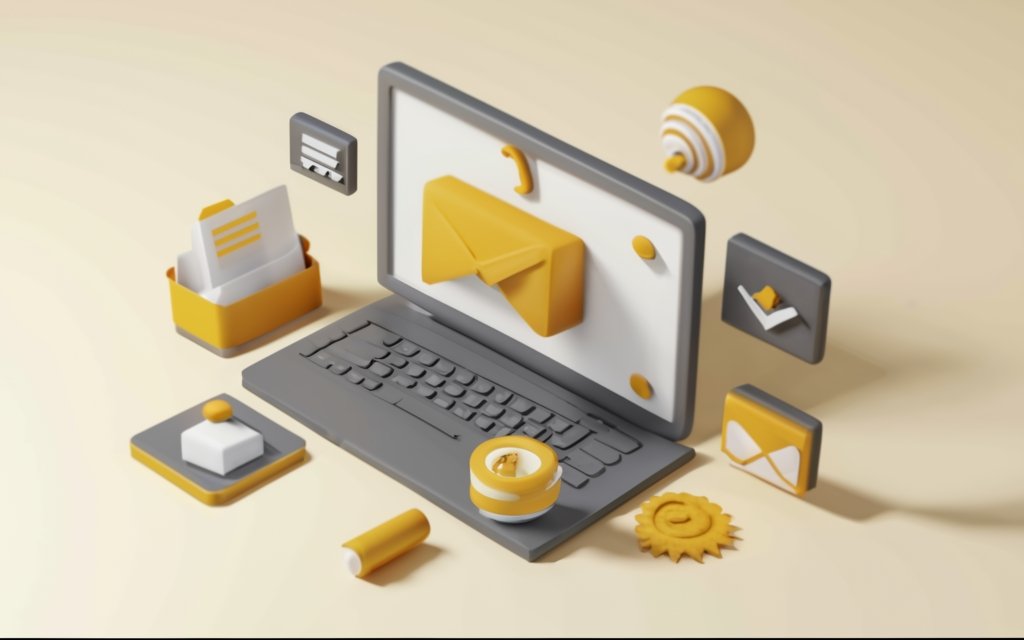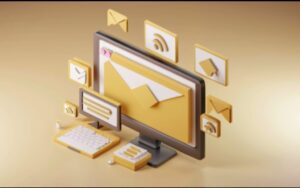Outlook, a product of Microsoft, is known as one of the top email service providers for personal and professional communications. With the rise in cyber threats and data breaches, maintaining the security of the email becomes paramount. This article outlines every step you need to ensure added security while sending emails in Outlook by encrypting your messages. Understanding how to send secure email in Outlook can ensure confidential communication, protecting sensitive information from malicious interceptors.
Understanding the Importance of Sending Secure Email in Outlook
Why Should I Send Secure Emails?
Sending secure emails becomes crucial in the effort to protect sensitive information. When you encrypt an email, only the intended recipient can read the message. It thwarts unauthorized access, ensuring that even if the email is intercepted, your confidential content remains secure.
What is the Role of the Subject Line in Ensuring Email Security?
The subject line is an important component to use while ensuring email security. By including specific phrases or markings anywhere in the subject line allows you to encrypt all outgoing emails from your Outlook account automatically, providing a convenient way to secure your communications.
Risks Associated with Sending Unencrypted Emails
Unencrypted emails can be easily accessed and read by anyone who intercepts them. They expose your sensitive information, jeopardizing your personal or business security. Therefore, the practice of encrypting an email is essential.
Getting Started with Outlook: A Basic Overview
Brief Introduction to Office 365
Office 365, also known as Microsoft 365, is a suite of productivity tools from Microsoft. It includes Outlook, an email service that features a secure email service with potential for robust email encryption.
Setting Up Your Outlook Email Account
You need to set up an Outlook email account to send an encrypted email. Once your account is set up, you can configure the security settings to suit your needs.
Configuring General Settings for Optimal Security
Outlook provides various settings that can boost your email security. It is important to configure these settings to optimize your email security, such as enabling 365 message encryption.
Steps to Send Secure Email in Outlook
Accessing the Encryption Option in Your Outlook Account
The encryption option in Outlook allows you to encrypt outgoing messages. You’ll be prompted to enter a secure passphrase before sending the encrypted message.
Encrypting the Email Message: Step by Step Guide
Encrypting an email with Outlook encrypt-only feature increases the security of your email contents. It requires assigning a securely encrypted subject line for the message in Outlook, which will then be used to encrypt the message.
Making Use of Additional Encryption Options if Necessary
For increased protection, Outlook offers additional encryption options like Microsoft rights management services. This helps to apply a different encryption level as required by your email security needs.
Managing Encrypted Emails: Navigating the ‘Received’ Secure Emails
Reading the Encrypted Email: Procedures for the Intended Recipient
To read an encrypted email, the intended recipient will require the same encryption key used to encrypt the message. Furthermore, they might also need to grant permission to decrypt the email directly.
Decrypting the Email: What should the Recipient Do?.
The recipient should have the necessary decryption key to decrypt or read the email contents. They might be prompted to enter a passphrase, after which they can read the message.
Responding to an Encrypted Email: Considerations and Steps
While responding to an encrypted email, the recipient should keep in mind that they also need to encrypt their reply to maintain security. Thankfully, most email clients should automatically offer to encrypt the response.
Frequently Asked Questions about Sending Encrypted Emails in Outlook
What Happens if an Encrypted Email is Sent to a Non-Office 365 User?
If an encrypted email is sent to a non-Office 365 user, they will receive the email as a regular email. The encrypted email will include an attachment. Once they open the attachment, they’ll be prompted to use a one-time passcode to read the message securely.
Can Attachments Within the Email be Encrypted?
Yes, when you send an encrypted email in Outlook, all the contents of the email, including attachments, are encrypted. The recipient will need the same encryption key to open and view the attachments that were used to encrypt the message.
How to Ensure the Security of Sensitive Information through Email Encryption?
To ensure the security of sensitive information, it’s crucial to encrypt the entire email, including the attachments. Furthermore, using a strong, unique encryption key to encrypt the email can significantly enhance your email security.
###
Q: How do I send a secure email in Outlook subject line?
A: To send a secure email in Outlook subject line, you need to send an email with the word “secure” or “encrypt” in the subject line. This will trigger the encryption process that ensures your emails are transmitted securely over the internet.
### ###
Q: Why it is important to use “secure” or “encrypt” in the email subject line?
A: It is important to use these terms in the email subject line to trigger the built-in encryption feature of Outlook. This security measure helps protect your emails from being intercepted by malicious actors, ensuring that only the intended recipients can view the message.
### ###
Q: How can I make sure that my emails sent through outlook are secure?
A: To make sure that your emails are sent securely, make use of the secure subject line feature in Outlook. By placing the word “secure” or “encrypt” in the subject line, the message will be encrypted automatically.
### ###
Q: What happens after I put the word “secure” in the email in outlook subject line?
A: After putting the word “secure” in the email subject line, Outlook will automatically encrypt your emails. This is meant to protect your emails so they cannot be read by anyone other than the intended recipient.
### ###
Q: How do I know if my email has been sent securely through outlook?
A: You can check the encryption status of the sent email in Outlook. If the message is encrypted, the encryption status will be indicated. You can be sure that your email was transmitted securely only to the intended recipient.
### ###
Q: What does the recipient need in order to view the message I sent securely?
A: In order to view the message you sent securely, the recipient’s Outlook must recognize and authenticate the encryption. This may require additional settings or software on the recipient’s end.
### ###
Q: What are the potential issues faced when sending an encrypted email in Outlook?
A: In case the recipient’s Outlook doesn’t recognize the encryption or lacks the requisite software to authenticate it, they might not be able to view the message you sent securely. Please ensure the recipient has the required setup to receive encrypted emails.
### ###
Q: Can I use other words than “secure” and “encrypt” in the subject line to encrypt my emails in Outlook?
A: Currently, it is standard to use the word “secure” or “encrypt” in the subject line to trigger encryption in Outlook. It is recommended to use these specific terms in order to enable the encryption feature effectively.
### ###
Q: Why is sending secure emails so important?
A: Sending secure emails is crucial to protect your sensitive data from being intercepted by malicious actors. When you encrypt your emails, you are ensuring that only the intended recipient can read the email content, protecting against unauthorized access.
### ###
Q: Can TLS be used as an additional measure to secure my email?
A: Yes, Transport Layer Security (TLS) is another widely-used method for ensuring encryption and securing email communication. It is an additional layer of security that can be used alongside the secure email in the Outlook subject line feature.
###




